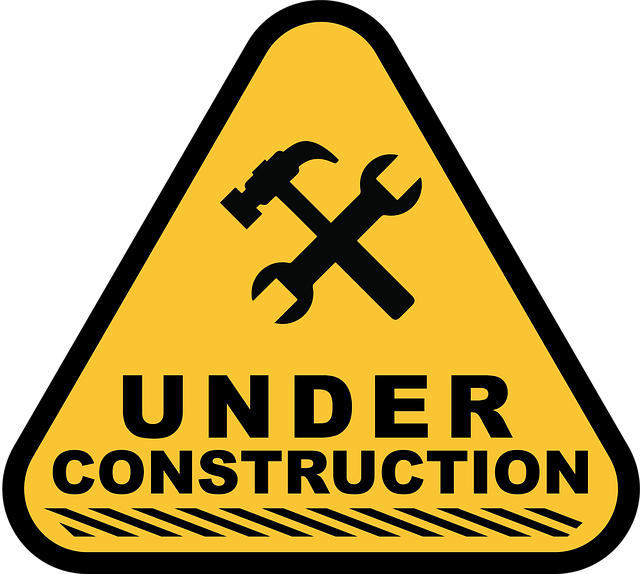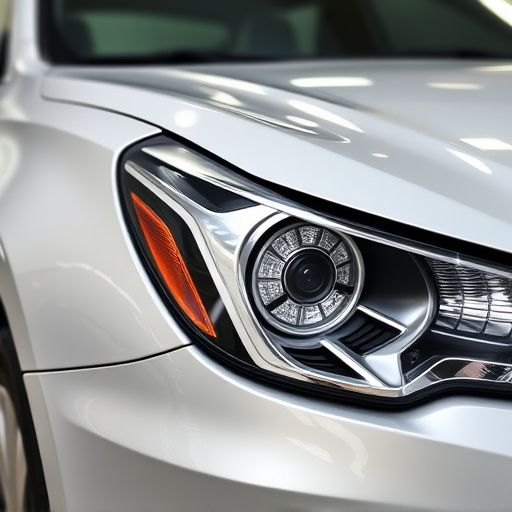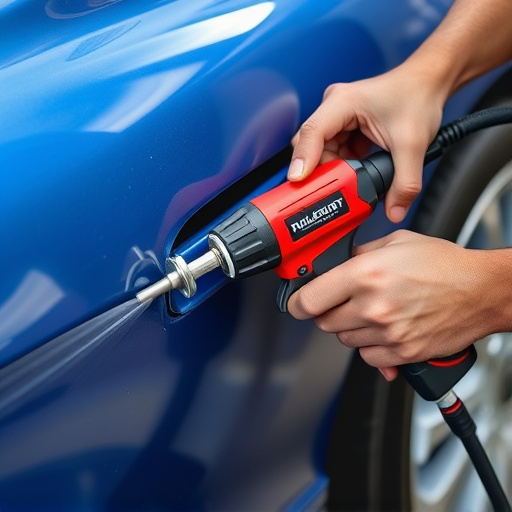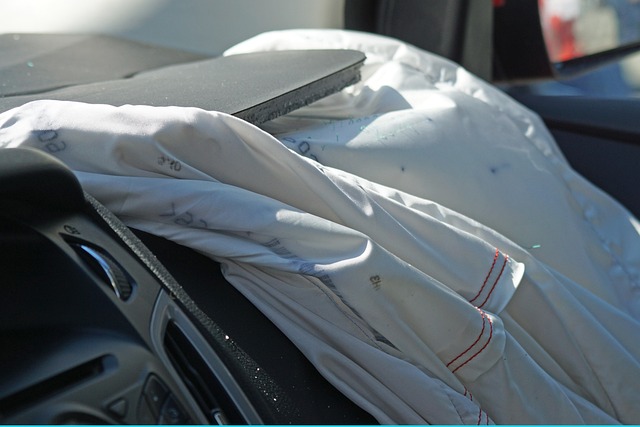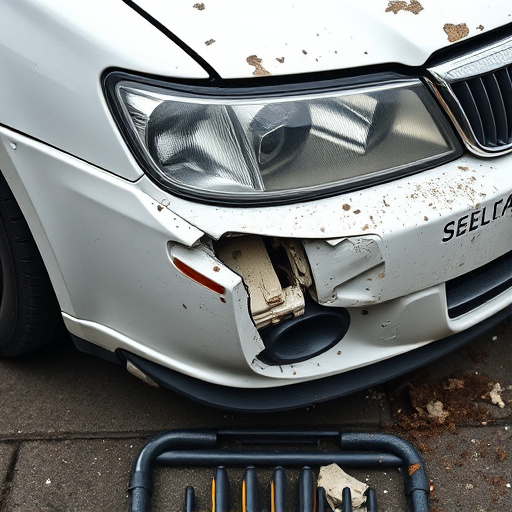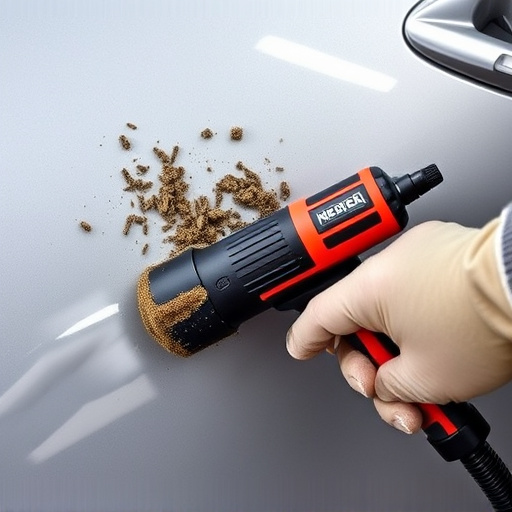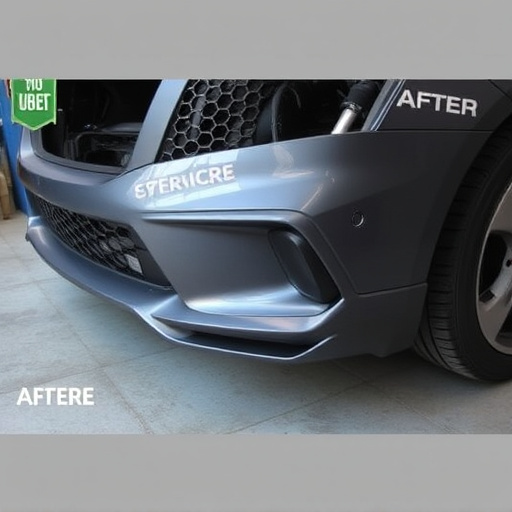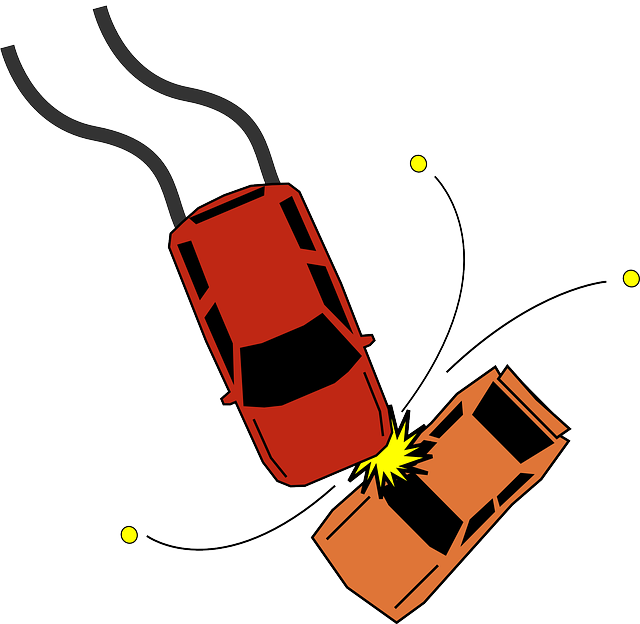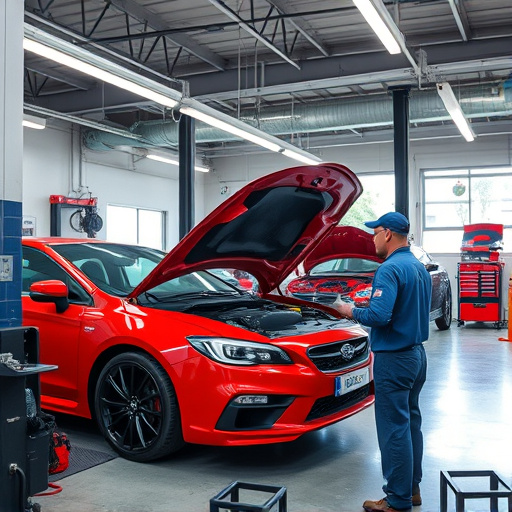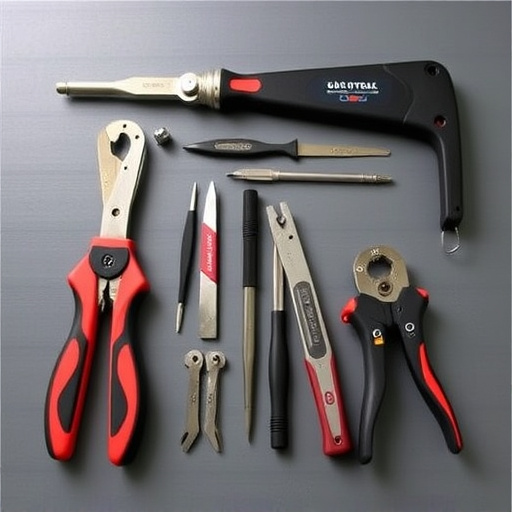Vehicle dent fixing requires specialized tools like dent pullers and heat guns for removal, with paintless dent repair (PDR) tools offering a professional finish without damaging paint. Beginners should start with basic kits for minor dents, while complex damages necessitate professional body shops. Proper preparation, including drop cloths, ensures clean, high-quality repairs.
Vehicle dent fixing is a skill worth mastering, as it can save you time and money. This comprehensive guide is tailored for beginners looking to repair minor dents on their cars. From understanding essential tools and materials to following step-by-step instructions, you’ll learn how to achieve a professional finish. We cover everything from preparation to the final touch, ensuring your car looks like new again. Dive into this informative article to embark on your vehicle dent fixing journey.
- Understanding Vehicle Dent Fixing Tools and Materials
- Step-by-Step Guide to Removing Dents from Your Car
- Tips for Achieving a Professional-Looking Finish
Understanding Vehicle Dent Fixing Tools and Materials
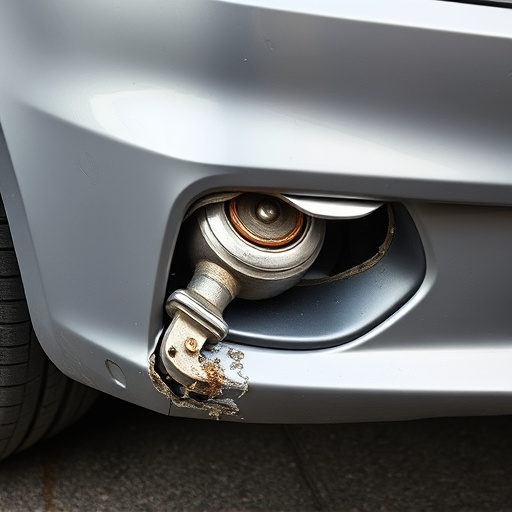
Vehicle dent fixing requires a variety of specialized tools and materials to ensure effective and efficient repairs. For beginners, it’s crucial to invest in high-quality items tailored for auto body services. This includes a set of dent pullers or extractors, which are used to gently remove dents from the vehicle’s surface without damaging the paint, a key aspect of paintless dent repair. Additionally, you’ll need plastic shavers, sandpaper of different grits, and a reliable paint cleaner or remover. These tools enable precise manipulation and shaping of the dented area, leading to seamless results.
Understanding the purpose of each tool is essential for successful vehicle dent fixing. For instance, dent pullers use air pressure to leverage the dent out from behind the panel, while sandpaper smooths out any remaining imperfections. Paintless dent repair techniques, often favored by automotive repair services, focus on preserving the original paint job. The right combination of tools and materials allows for both quick repairs and long-lasting, high-quality outcomes.
Step-by-Step Guide to Removing Dents from Your Car
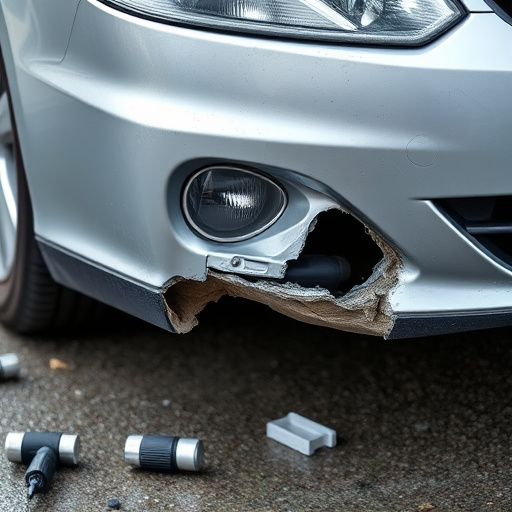
Removing dents from your car is a crucial step in vehicle dent fixing. Start by assessing the damage and gathering the necessary tools for auto repair near you. The right equipment, including a dent puller or a hammer with a flat edge, will make the process more manageable. Begin by clamping or securing the dented area to ensure stability during removal. Next, use a heat gun or hair dryer to warm up the dented panel, making it more pliable for fixing. Once heated, insert your tool gently under the dent and start lifting slowly and steadily until the dent is completely removed.
For minor dents, this DIY approach can be effective. However, for deeper or more complex damages, consider visiting a professional body shop where skilled technicians offer bumper repair services to restore your vehicle’s appearance. They have access to advanced tools and techniques that cater to different types of vehicle dent fixing, ensuring optimal results.
Tips for Achieving a Professional-Looking Finish
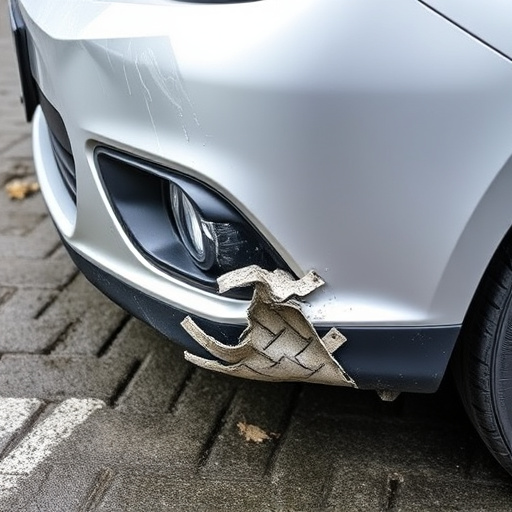
When attempting vehicle dent fixing, achieving a professional-looking finish requires a few key tips. First, prepare your work area meticulously. Ensure it’s clean and well-lit to facilitate precise work. Use drop cloths or protective covers to safeguard surrounding areas from debris and damage.
Second, invest in high-quality tools designed for paintless dent repair (PDR). PDR methods, often preferred over traditional collision repair center techniques, allow for precise removal of dents without paint scraping. Regular use of these tools will help you develop a keen eye for detail, leading to outstanding results comparable to those achieved during vehicle restoration processes.
Vehicle dent fixing can seem daunting, but with the right tools, materials, and step-by-step approach, beginners can achieve impressive results. By understanding the basics of dent removal techniques and following a structured guide, you’ll be able to tackle minor dents and dings on your car, saving time and money. With practice and attention to detail, you can even master more complex repairs, ensuring your vehicle looks as good as new. So, whether you’re aiming for a professional finish or simply fixing small dents yourself, this guide has equipped you with the knowledge to confidently take on vehicle dent fixing.
